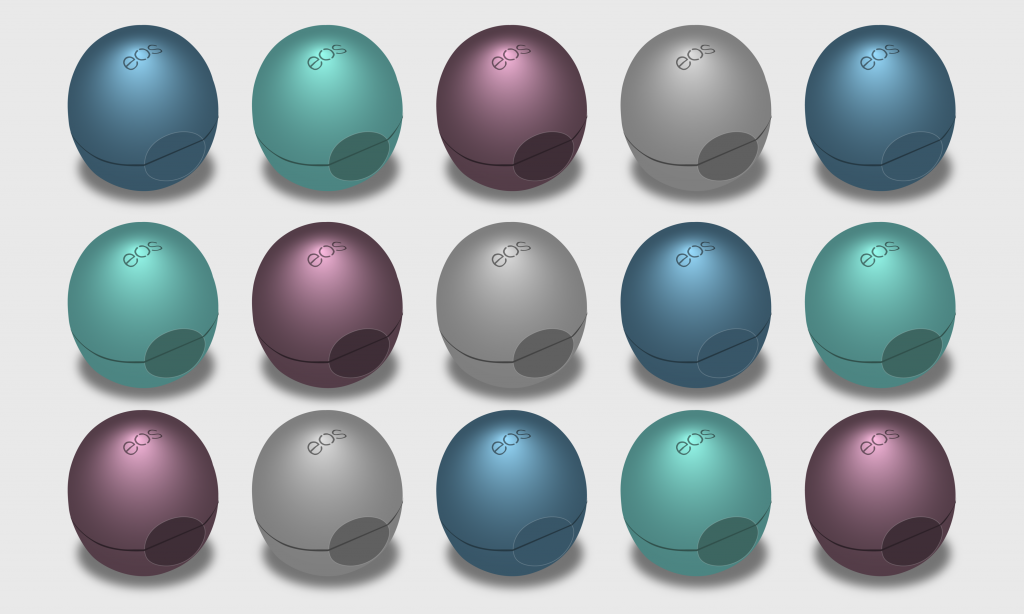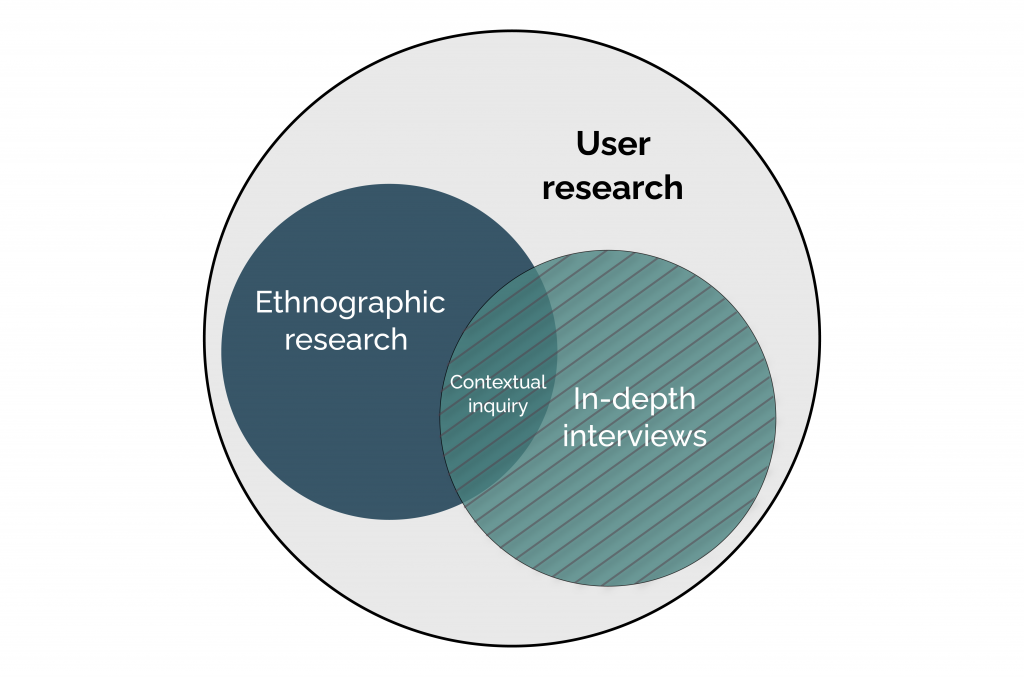User Experience (UX) is almost always associated with screens and device interfaces. This is, of course, understandable as it was once termed as Information Architecture and rose to its present label only in around 2010. Thus, today UX Designers are titled Information Architects. However, with the growing digitalization of physical products, consumer services, and virtually everything, UX design is no longer limited to the two-way interaction between users and their devices and the entirety of their user experience with the outside world.
UX doesn’t have to be just for digital
Collins, a design studio in New York, worked with beauty and skincare brand eos to study how women used lip balm. In retrieving their lip balms, two groups of behavior emerged. One group of women dumped out the contents of their bag while the other spent a few moments digging through it. The fundamental issue they realized was that a stick of lip balm, Chapstick, for example, was difficult to distinguish by feel from lipstick, eyeliner, a roll of mints, or other similarly shaped objects. This became the focus of their design. Their strategy: “Stand out by improving the packaging experience.” Its innovative spheric shell can be recognized simply by touch in the dark or inside a cluttered bag. As a result, it generated massive social buzz and drew praise from design circles when rolled out to the consumer market years back. Now a staple in beauty stores worldwide, this design-driven product continues to deliver commercial results for its company.
 This is just one of many stories that lend to the paramount value of user-centered design for physical goods. Be it for furniture, children’s toys, kitchenware, and other everyday objects, well-designed products make so much sense that they become part of daily lives. The same can be said about today’s electronic devices and digital products.
This is just one of many stories that lend to the paramount value of user-centered design for physical goods. Be it for furniture, children’s toys, kitchenware, and other everyday objects, well-designed products make so much sense that they become part of daily lives. The same can be said about today’s electronic devices and digital products.
Digitalizing the physical
The past two decades have seen a rapid acceleration in the digitalization of almost everything that can be digitized. Analog devices such as watches and televisions became smart. At-home and hospital-grade medical devices have been transitioning to digital. However, even today’s car dashboards are far from their analog predecessors. And while these continue to become more innovative with each new model, challenges in user experience also continue to evolve.
Integrating digital with the physical has likewise been a growing business. Peloton, for example, introduced an interface to stationary bikes. In addition, the internet of things has enabled household devices such as thermostats, refrigerators, and doorbells to be managed through mobile devices. User experience now goes beyond the interaction with a screen but also with tethered devices.
Augmenting the reality
Further, digital technologies have grown to influence offscreen user behavior. For instance, home workout apps have taken off, primarily due to lockdowns. Similarly, mobile apps that track running and cycling activity would influence users’ behavior to increase or decrease intensity on their next session.
UX design takes on a particularly influential role when an application almost entirely guides user behavior while users interact with their devices. Pokemon Go, an augmented reality mobile game, is a demonstrable example of this. On the one hand, studies have proven the physical and social benefits for its users. One key finding of the app was that Pokemon Go successfully targeted a unique set of users: people who are difficult to motivate to be physically and socially active. On the other hand, immediately after the launch in 2016, frenzy’s news coverage were reports of injuries and accidents among its users. The game was also criticized for enabling its users to flock to certain memorials and cemeteries. The field of UX is conventionally about enhancing the interaction between users and products. However, this new phenomenon places an unprecedented degree of responsibility on UX designers and product teams to be mindful of their users’ behavior in the real world as a direct result of engaging with their applications.
UX Research and testing are no longer a luxury
As human interaction with digital products becomes more dynamic – more physical and consequential – this could serve as an opening for UX designers to bolster their case and bargain for more user research and testing resources. While some are still skeptical of UX research (UXR), thinking that they already know their users too well, in reality, UX research and testing are no longer a luxury.
 UX practices must also evolve by incorporating user environments and circumstances. For instance, UX studies need to go beyond the usual arrangement where UX researchers observe sample users in the exact location. Instead, product teams may explore deploying ethnographic research to monitor how users go about their daily lives and how that shapes their interaction with the application. Designers may also deploy a mixed-methods approach to UX research. In this approach, results from one research method, both quantitative and qualitative, are triangulated with the results of additional ways to build a more comprehensive picture of user needs and behavior.
UX practices must also evolve by incorporating user environments and circumstances. For instance, UX studies need to go beyond the usual arrangement where UX researchers observe sample users in the exact location. Instead, product teams may explore deploying ethnographic research to monitor how users go about their daily lives and how that shapes their interaction with the application. Designers may also deploy a mixed-methods approach to UX research. In this approach, results from one research method, both quantitative and qualitative, are triangulated with the results of additional ways to build a more comprehensive picture of user needs and behavior.
With the fast-evolving capabilities of digital products in the market, user interactions likewise grow in complexity where the digital collide with the physical and the environmental. Will you be working on a UX design challenge with this kind of intricacy? Reach out to our specialists at Radiant Digital to learn more about our UX methods and expertise.

